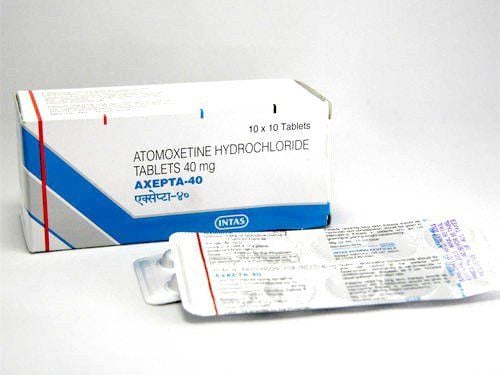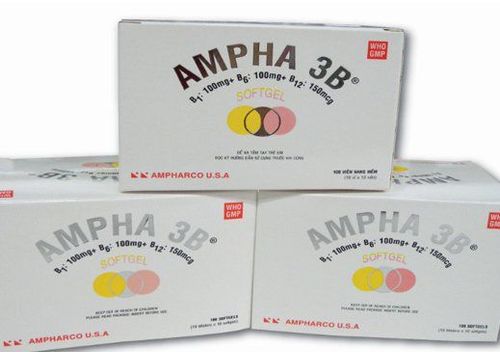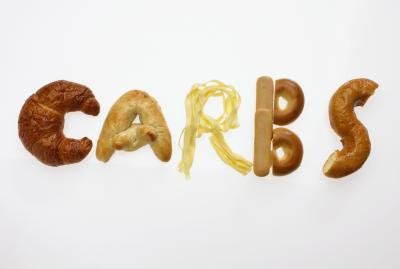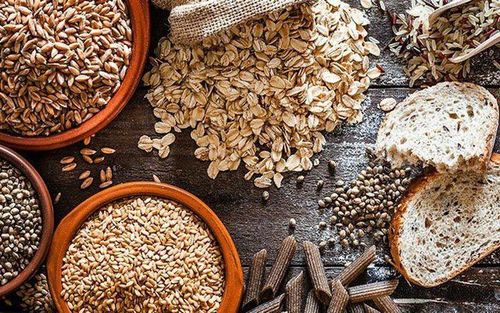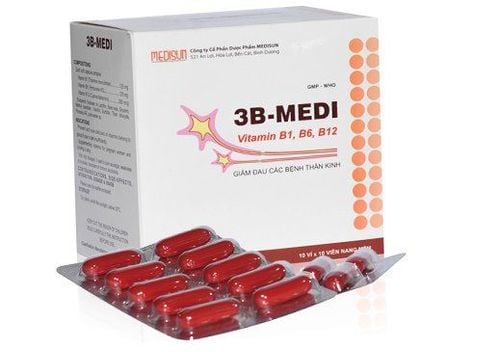This is an automatically translated article.
Gluten is a protein commonly found in wheat, barley, and rye. Gluten gives the bread its elasticity, suppleness and firm texture. Although gluten-containing flour is not harmful, some people may not tolerate it well. While many commonly consumed grains contain gluten, there are still nutritious gluten-free foods on the market.1. Sorghum
Sorghum or bo bo (English name "Sorghum") is a gluten-free grain that instead contains other beneficial plant compounds such as: antioxidants that help reduce oxidation and risk of chronic diseases as well as help slow down the absorption of sugar and keep blood sugar levels stable.
One study measured blood sugar and insulin levels in 10 people after eating bread made with sorghum and whole wheat flour. The results showed that sorghum bread lowers blood sugar and insulin more than wheat bread. An animal study in 2010 also showed that black sorghum bran has significant anti-inflammatory properties due to its high content of beneficial compounds (One cup of 192 grams of sorghum contains about 13 grams of dietary fiber). , 20 grams of protein and 19% of the daily value of iron).
Sorghum has a mild flavor that can be pulverized to make gluten-free foods, or substituted for barley in recipes like mushroom barley soup.
MORE: Healthy cereals: What you need to know
2. Quinoa
Quinoa has quickly become one of the most popular gluten-free grains. This is also one of the cereals that is recommended to eat a lot because of its rich content of fiber, protein, and antioxidants that help reduce the risk of disease.
While most plant foods lack one or two of the essential amino acids needed by the body, quinoa contains eight. This makes Quinoa an excellent source of plant-based protein.
An average of 185 grams of cooked Quinoa provides about 8 grams of protein and 5 grams of fiber. It also contains many micronutrients and meets many of the daily human needs for magnesium, manganese and phosphorus. Quinoa is the perfect ingredient to make baby food, porridge, rice mix, soup, pancake batter, tortillas..etc.
MORE: Nutritional composition of Quinoa seeds

Hạt diêm mạch là một trong những những thực phẩm không có gluten
3. Oats
Oats (Oat) also stand out as one of the great sources of beta glucan (a type of soluble fiber) that helps reduce LDL (bad) and total cholesterol without affecting HDL (good) cholesterol. . Other studies have also shown that beta glucan can slow the absorption of sugar, reducing blood sugar and insulin levels.
An average of 81 grams of dry oats will provide 8 grams of fiber and 11 grams of protein. It is also high in magnesium, selenium, zinc and thiamine (vitamin B1). Although oats are naturally gluten-free, many brands of oats on the market may still contain trace amounts of gluten (due to mixing during harvesting and processing). If you have Celiac disease or are sensitive to gluten, be sure to choose oats that are labeled as gluten-free.
There is also a small percentage of people with Celiac disease who may be sensitive to Avenin, a protein found in oats. However, because oats are gluten-free, they're still fine for most people with gluten intolerance.
MORE: Delicious, nutritious, easy-to-eat oatmeal recipes
4. Buckwheat
Buckwheat is known to be a grain containing many antioxidants, especially 2 types of Rutin and Quercetin. Several animal tests have suggested that Rutin may help improve symptoms of Alzheimer's disease, while Quercetin has been shown to reduce inflammation and reduce oxidative stress.Eating buckwheat may also reduce the risk of heart disease, as according to one study, buckwheat intake was associated with a decrease in total cholesterol and LDL (bad) cholesterol, as well as an increase in the ratio of HDL cholesterol ( good) higher.
Another study made similar findings, showing that people who ate buckwheat had a reduced risk of high blood pressure, high cholesterol, and high blood sugar. A 168-gram cup of cooked buckwheat flour provides about 5 grams of fiber and 6 grams of protein and is a rich source of magnesium, copper, and manganese.
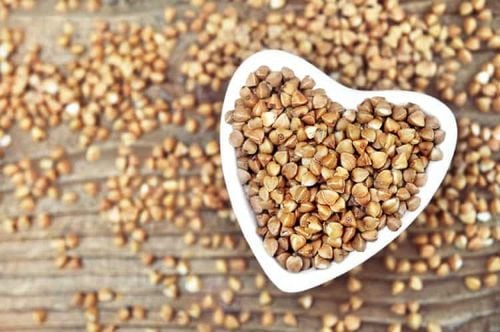
Kiều mạch là ngũ cốc không chứa gluten được dùng khá phổ biến
5. Amaranth . County
Amaranth seeds were historically one of the staple foods of the Inca, Maya and Aztec civilizations. At the same time, it is also a nut with high nutritional value that is beneficial for health.
A study from 2014 found that compounds found in Amaranth seeds suppress inflammation by blocking the activation of certain inflammatory pathways. Thanks to their high fiber content, Amaranth seeds also work to reduce several risk factors for heart disease.
An estimated one cup (246 grams) of cooked Amaranth seeds contains 5 grams of fiber and 9 grams of protein, and meets 29% of your daily iron needs and contains Magnesium, Phosphorus and Manganese.
6. Teff . County
This is one of the smallest grains in the world. Although only 1/100 the size of a grain of wheat, teff seeds contain a lot of protein and fiber that help promote satiety, reduce cravings and boost metabolism.
252 grams of cooked teff seeds contain about 10 grams of protein and 7 grams of fiber, and provide many B vitamins, especially thiamine. To make low- or gluten-free bread, try replacing some or all of the flour with Teff flour. Teff can also be cooked into porridge, or used naturally to thicken dishes.
7. Corn
Corn is one of the most popular gluten-free grains consumed around the world. In addition to being rich in fiber, corn is also a rich source of the carotenoids lutein and zeaxanthin, which are plant pigments that act as antioxidants.
Studies show that Lutein and Zeaxanthin are very beneficial for eye health because they help reduce the risk of cataracts and age-related macular degeneration, two common causes of vision loss in older adults. . Another study also found that people who ate a lot of carotenoids had a 43% lower risk of age-related macular degeneration compared with those who ate the least.
An estimated one cup (149 grams) of sweet corn contains 4 grams of fiber and 5 grams of protein. It is also high in pantothenic acid (vitamin B5) and a good source of vitamin B6, thiamine and manganese. Corn can be boiled, grilled or roasted, combined with salads, soups, porridge...to become a healthy and balanced side dish.
SEE ALSO: What to eat to improve eyesight?
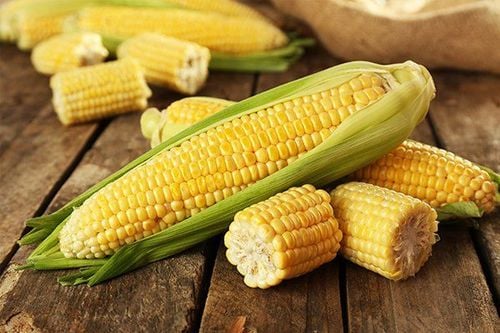
Ngô là loại ngũ cốc quen thuộc với mọi người
8. Brown rice
If white rice has had the bran layer removed during processing, brown rice still retains this bran layer and contains a lot of fiber and micronutrients. Brown rice is rated as one of the healthiest gluten-free foods. Choosing brown rice over white rice may reduce your risk of weight gain, diabetes, and heart disease.
One cup (202 grams) of cooked brown rice is estimated to contain 3 grams of fiber and 6 grams of protein. It also provides your magnesium and selenium needs for the day.
MORE: How to cook brown rice?
If you have Celiac disease or are sensitive to gluten, there are still many gluten-free grains to replace wheat. From providing antioxidants to reducing your risk of many serious diseases, these nutritious gluten-free grains can offer many benefits to your health. Therefore, pay attention to adding the above grains to your daily diet to have a healthy body.
Please dial HOTLINE for more information or register for an appointment HERE. Download MyVinmec app to make appointments faster and to manage your bookings easily.
Reference source: healthline.com



